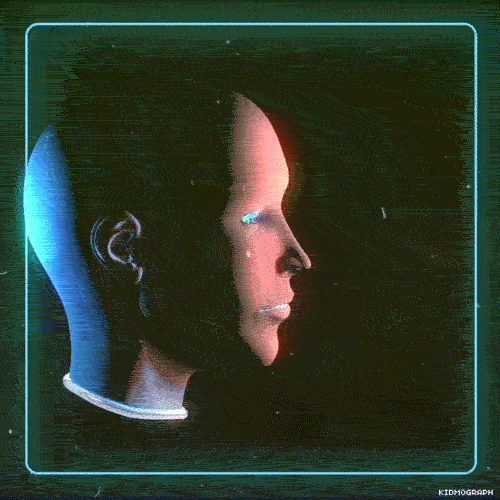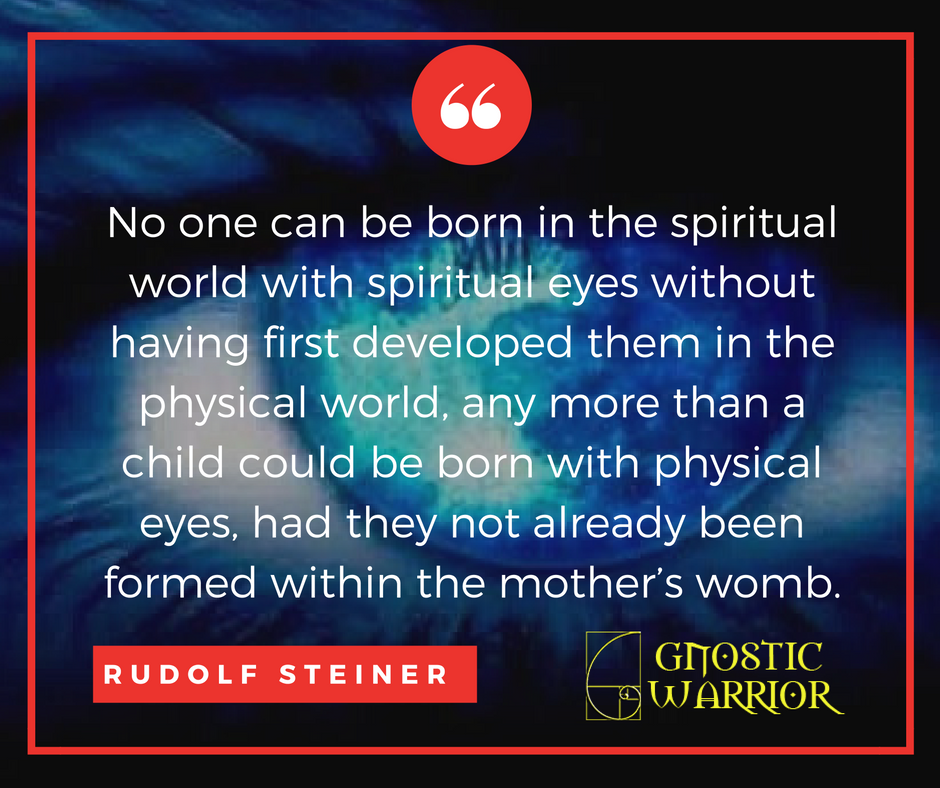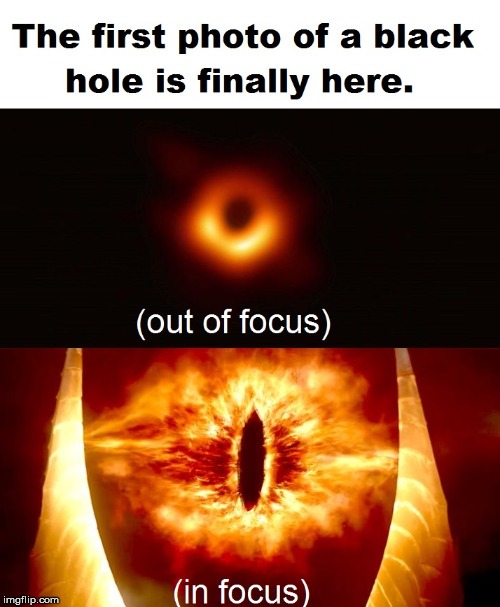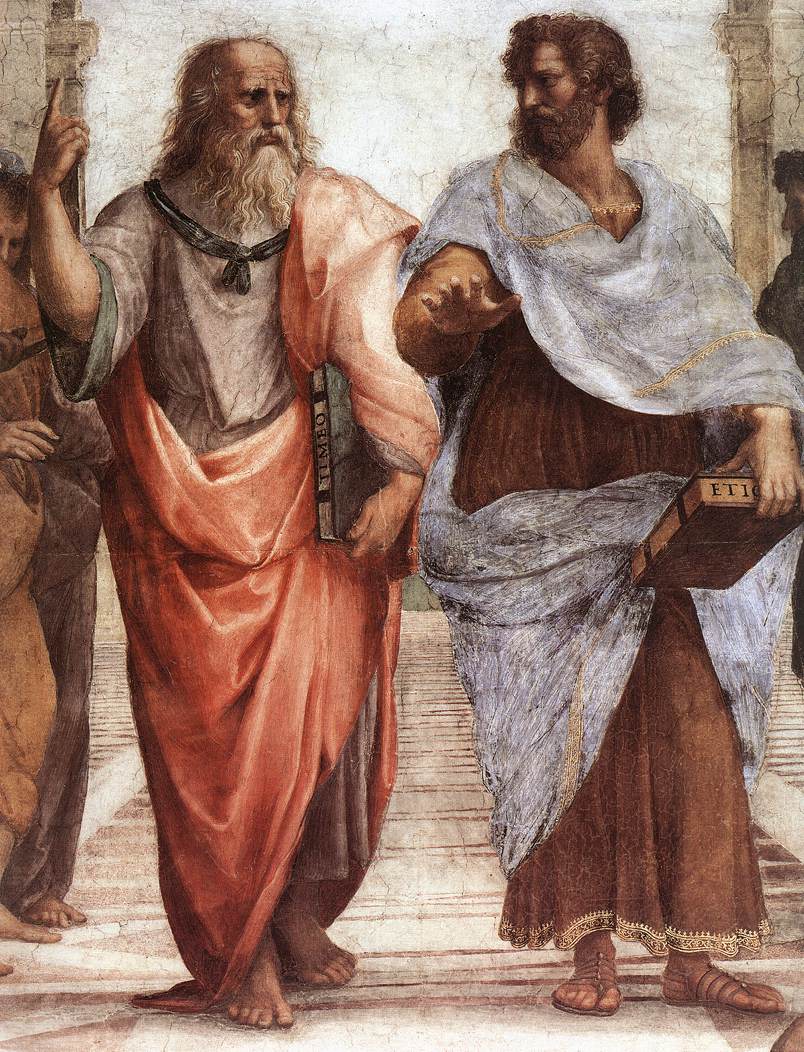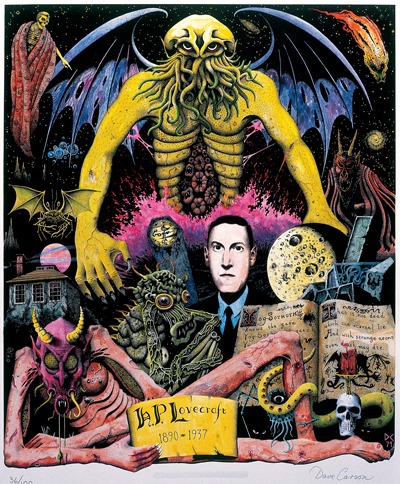Page 390
that system in its central universe, the universe in the cosmos, and the cosmos in the First Cause: — the Boundless and Endless. So runs their philosophy of evolution:
“All are but parts of one stupendous whole,Whose body Nature is; and God the Soul.”
“Worlds without numberLie in this bosom like children.”
While unanimously agreeing that physical causes, such as blows, accidents, and bad quality of food for the mother, affect the foetus in a way which endangers its life; and while admitting again that moral causes, such as fear, sudden terror, violent grief, or even extreme joy, may retard the growth of the foetus or even kill it, many physiologists agree with Magendie in saying, “there is no reason for believing that the imagination of the mother can have any influence in the formation of monsters”; and only because “productions of this kind are daily observed in the production of other animals and even
in plants.”
In this opinion he is supported by the leading teratologists of our day. Although Geoffroi St. Hilaire gave its name to the new science, its facts are based upon the exhaustive experiments of Bichat, who, in 1802, was recognized as the founder of analytical and philosophical anatomy. One of the most important contributions to teratological literature is the monograph of G. J. Fisher, M.D., of Sing Sing, N. Y., entitled Diploteratology; an Essay on Compound Human Monsters. This writer classifies monstrous foetal growths into their genera and species, accompanying the cases with reflections suggested by their peculiarities. Following St. Hilaire, he divides the history of the subject into the fabulous, the positive, and the scientific periods.
It suffices for our purpose to say that in the present state of scientific opinion two points are considered as established: 1, that the maternal, mental condition has no influence in the production of monstrosities; 2, that most varieties of monstrosity may be accounted for on the theory of arrest and retardation of development. Says Fisher, “By a careful study of the laws of development and the order in which the various organs are evolved in the embryo, it has been observed that monsters by defect or arrest of development, are, to a certain extent, permanent embryos. The abnormal organs merely represent the primitive condition of formation as it existed in an early stage of embryonic or foetal life.” With physiology in so confessedly chaotic a state as it is at present,
Page 391
it seems a little like hardihood in any teratologist, however great his achievements in anatomy, histology, or embryology, to take so dangerous a position as that the mother has no influence upon her offspring. While the microscopes of Haller and Prolik, Dareste and Laraboulet have disclosed to us many interesting facts concerning the single or double primitive traces on the vitelline membrane, what remains undiscovered about embryology by modern science appears greater still. If we grant that monstrosities are the result of an arrest of development — nay, if we go farther, and concede that the foetal future may be prognosticated from the vitelline tracings, where will the teratologists take us to learn the antecedent psychological cause of either? Dr. Fisher may have carefully studied some hundreds of cases, and feel himself authorized to construct a new classification of their genera and species; but facts are facts, and outside the field of his observation it appears, even if we judge but by our own personal experience, in various countries, that there are abundant attainable proofs that the violent maternal emotions are often reflected in tangible, visible, and permanent disfigurements of the child. And the cases in question seem, moreover, to contradict Dr. Fisher’s assertion that monstrous growths are due to causes traceable to “the early stages of embryonic or foetal life.” One case was that of a Judge of an Imperial Court at Saratow, Russia, who always wore a bandage to cover a mouse-mark on the left side of his face. It was a perfectly-formed mouse, whose body was represented in high relief upon the cheek, and the tail ran upward across the temple and was lost in his hair. The body seemed glossy, gray, and quite natural. According to his own account, his mother had an unconquerable repugnance to mice, and her labor was prematurely brought on by seeing a mouse jump out from her workbox.

Moe is the founder of GnosticWarrior.com. He is a father, husband, author, martial arts black belt, and an expert in Gnosticism, the occult, and esotericism.


